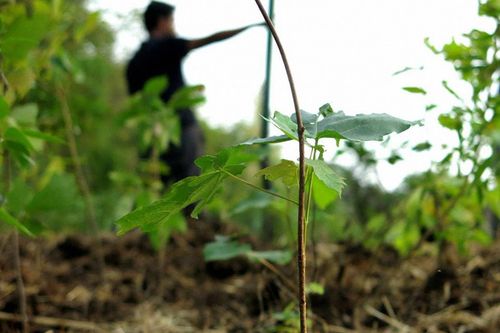
The Miyawaki Method
link
summary
This article discusses the Miyawaki method, a technique for building forests that can accelerate the growth of native trees and create dense, biodiverse ecosystems. The method was developed by Dr. Akira Miyawaki, a Japanese botanist, and involves planting a variety of native tree species in a small area, creating a densely packed forest. The article explains how this method differs from traditional reforestation techniques and highlights its potential benefits, such as restoring degraded land, enhancing biodiversity, and mitigating climate change. It also explores case studies where the Miyawaki method has been successfully implemented in different parts of the world. Overall, the article presents the Miyawaki method as a promising approach to reforestation and the restoration of natural ecosystems.